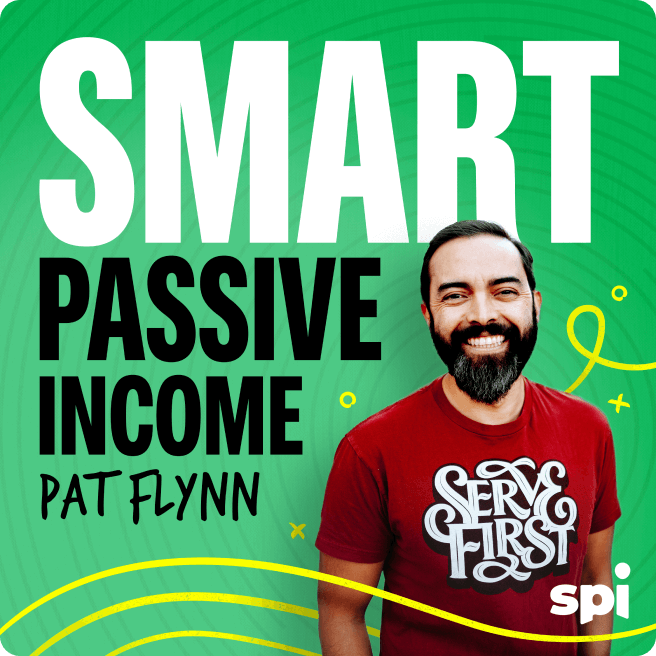If you’re running a business, you need an email list. But you also need to send the right emails. And you also need to make sure those emails are actually getting into your subscribers’ inboxes.
I often talk about the fact that email is the way to go. And it is! I only wish I’d started my email list sooner. And email does offer advantages over platforms like Facebook, Instagram, TikTok, and YouTube, which have algorithms that can block our messages from the audiences that want to hear from us. But email has a similar issue, and it’s one you need to address if you want to reach more people: the dreaded spam folder. Why do emails end up in spam, and what can you do about it?
That’s what we’re talking about today with Adrian Savage, the founder of Deliverability Dashboard. Adrian is a wizard when it comes to all things email deliverability. In this episode, he goes over the four keys to massively improving your email deliverability rates. If you have an email list or are thinking of starting one, this episode is a must-listen. You can also get access to a simple checklist that helps you avoid the spam folder and potentially double your open rate at DeliverabilityDashboard.com/checklist.
Today’s Guest
Adrian Savage
Adrian Savage is a dad, a geek, and an entrepreneur. He left the corporate world 10 years ago and now specializes in email deliverability: how to avoid the spam folder and double your open rates. He’s helped many well-known names improve their email performance and is also the founder and creator of Deliverability Dashboard, which quickly and simply shows how well your emails are performing and how you can get even more people seeing and opening your emails.
You’ll Learn
- Why avoiding the spam folder has gotten harder to do in recent years
- The four keys to ensuring your emails get delivered
- The only definition of “spam” that truly matters
- What a “recycled spam trap” is and how to avoid it
- The good news—even if your email marketing habits haven’t been great
- The importance of being yourself in your emails
- How Adrian’s tool, Deliverability Dashboard can help you improve your open rates





